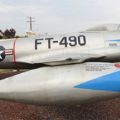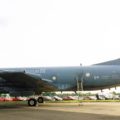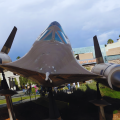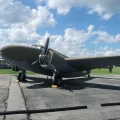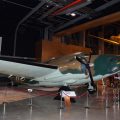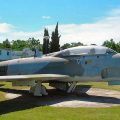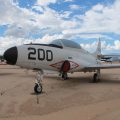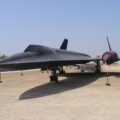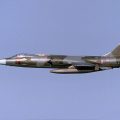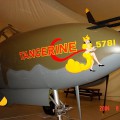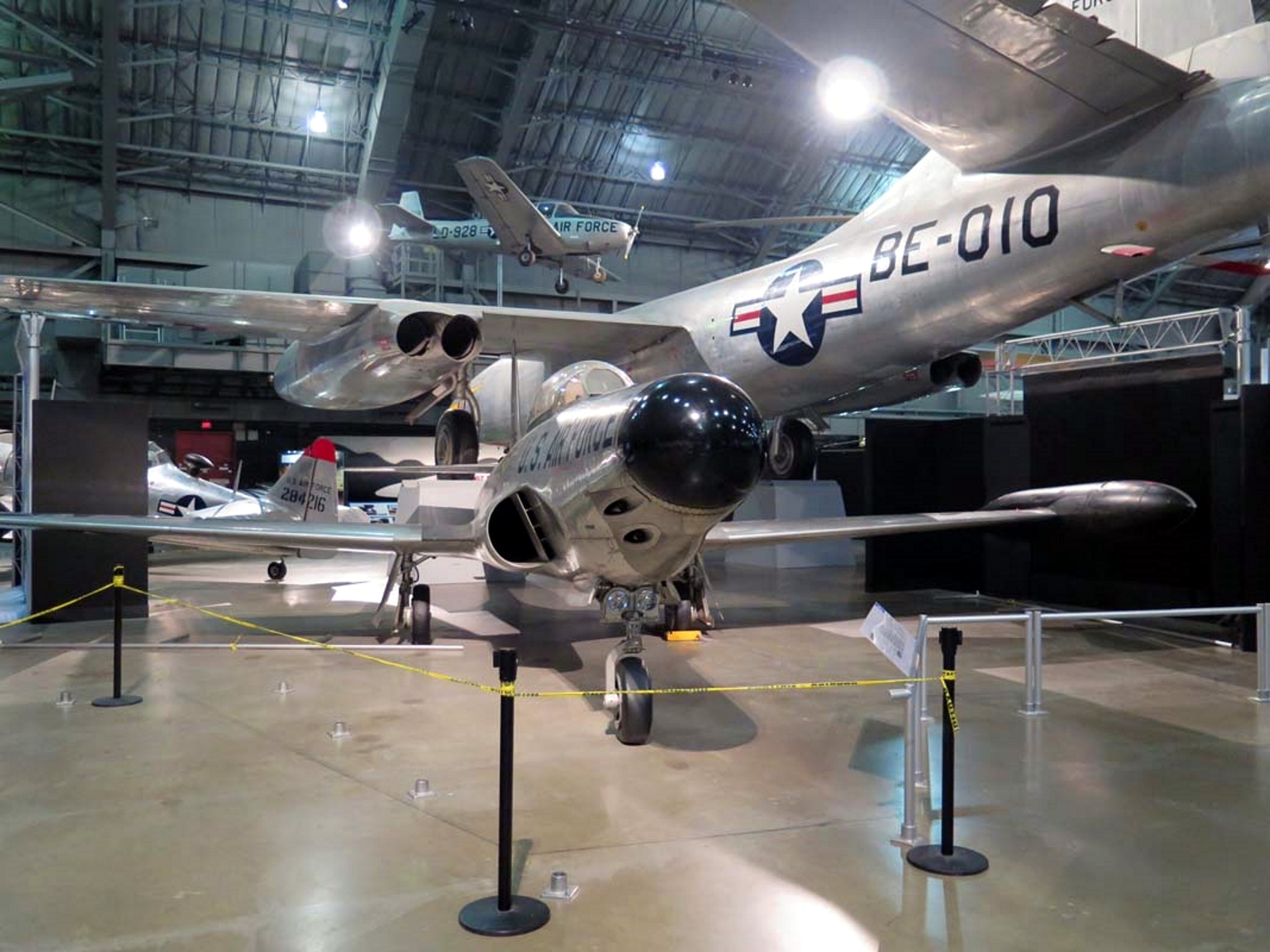
Lockheed F-94 Starfire | |
|---|---|
| Země | SPOJENÉ STÁTY |
| Roli | Záchytný stíhač do každého počasí |
| První let | 16. dubna 1949 |
| Postaven | 855 |
Tá Lockheed F-94 Starfire was a first-generation jet aircraft of the United States Air Force. It was developed from the twin-seat Lockheed T-33 Shooting Star in the late 1940s as an all-weather, day/night interceptor. The aircraft reached operational service in May 1950 with Air Defense Command, replacing the piston-engined North American F-82 Twin Mustang in the all-weather interceptor role. The F-94 was the first operational USAF fighter equipped with an afterburner and was the first jet-powered all-weather fighter to enter combat during the Korean War in January 1953. It had a relatively brief operational life, being replaced in the mid-1950s by the Northrop F-89 Scorpion and North American F-86D Sabre. The last aircraft left active-duty service in 1958 and Air National Guard service in 1959.
| Lockheed F-94A Starfire Walk Around | |
|---|---|
| Fotograf | Vladimir Jakubov |
| Lokalizace | Národní muzeum USAF |
| Fotografie | 56 |
Související sady:
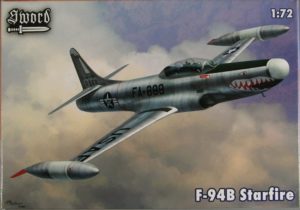
| Lockheed F-94C Starfire Walk Around | |
|---|---|
| Fotograf | John Heck |
| Lokalizace | Neznámé |
| Fotografie | 29 |
Najděte sady na eBay:
Viz také:
Tá Lockheed F-94 Starfire was a jet-powered interceptor that served in the United States Air Force from 1950 to 1958. It was designed to provide all-weather, day/night defense against enemy bombers, especially the Soviet Tupolev Tu-4. The F-94 was based on the Lockheed T-33 Shooting Star trainer, but had a longer nose to accommodate a radar and a fire control system. It was also equipped with an afterburner, which gave it a speed boost and made it the first operational USAF fighter with this feature.
The F-94 had two crew members: a pilot and a radar operator. The main armament of the F-94 was four 0.50-inch machine guns in the nose, and later versions also carried air-to-air rockets. The F-94 was deployed in various units of the Air Defense Command and the Air National Guard, and saw combat action during the Korean War, where it claimed several victories over enemy aircraft. The F-94 was eventually replaced by more advanced interceptors such as the Northrop F-89 Scorpion and the North American F-86D Sabre.
Počet zobrazení: 2710


